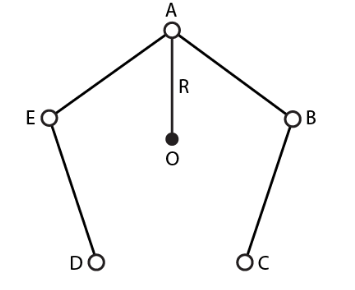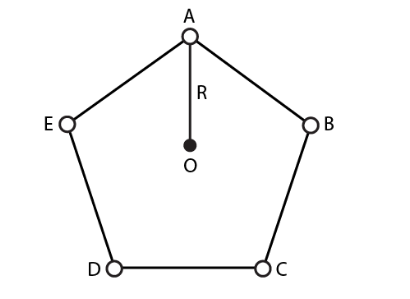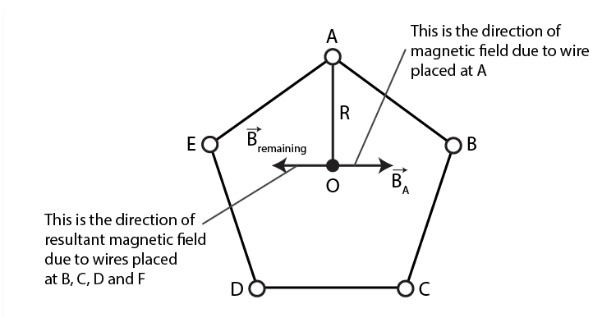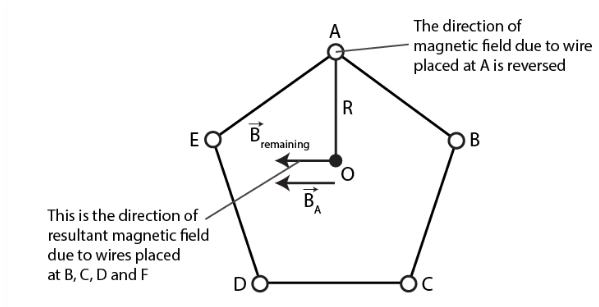Five long wires A, B, C, D, and E each carrying I are arranged to form edges of a pentagonal prism as shown in the figure. Each carries current out of the plane of paper.
(a) what will be magnetic induction at a point on the axis O> Axis is at a distance R from each wire
(b) what will be the field if current in one of the wires is switched off
(c) what if current in one of the wire A is reversed

(a)

The magnetic induction at a point on the axis will be 0 which is represented by R as A, B, C, D, and E are perpendicular to the plane of paper at the given locations.
(b)

When the current in one of the wires is switched off, the field μ0/2π i/R will be perpendicular to AO towards left.
(c)

If the current is reversed, then the total magnetic field induction at O is μ0/4πR 2I/R
